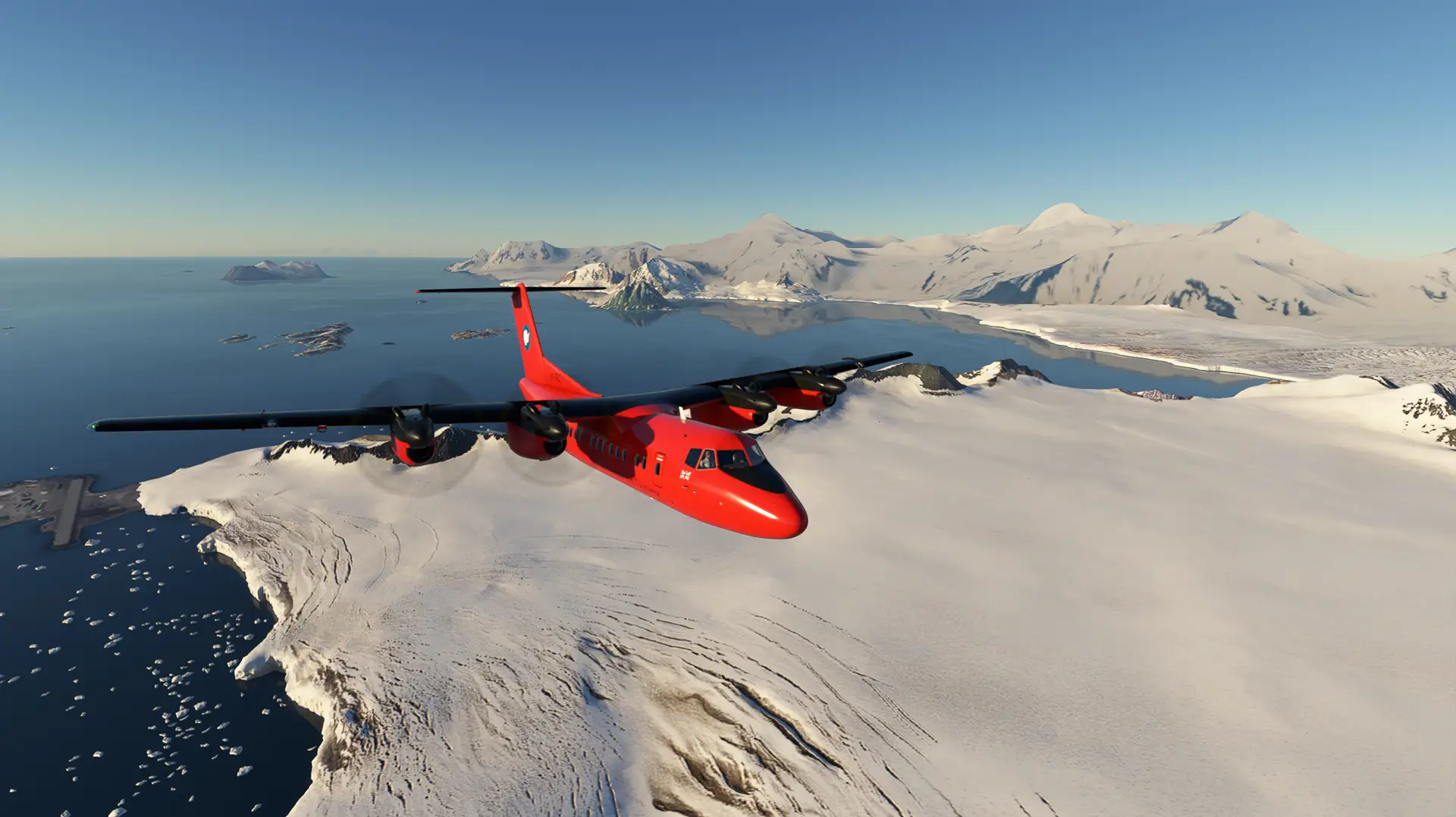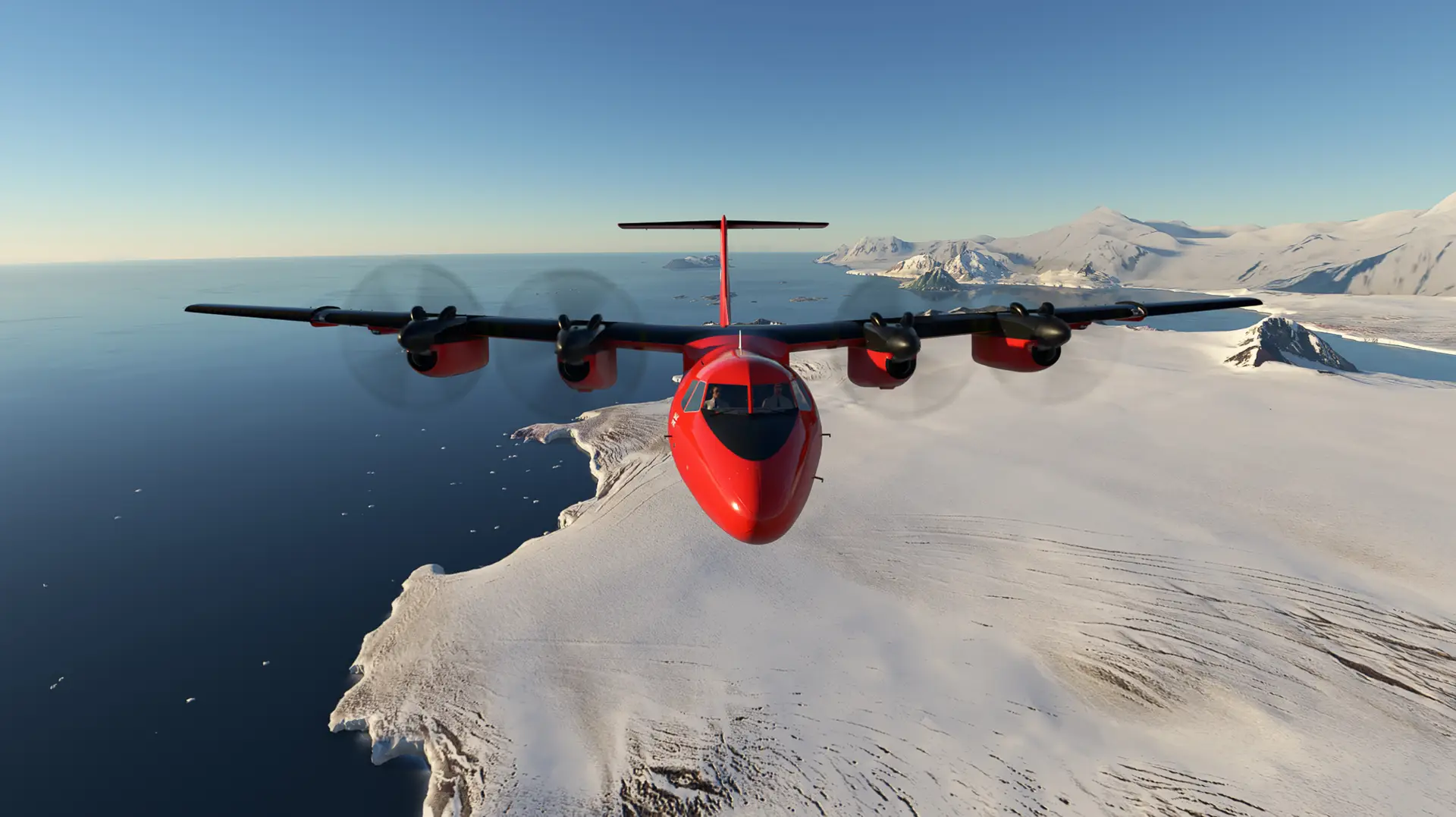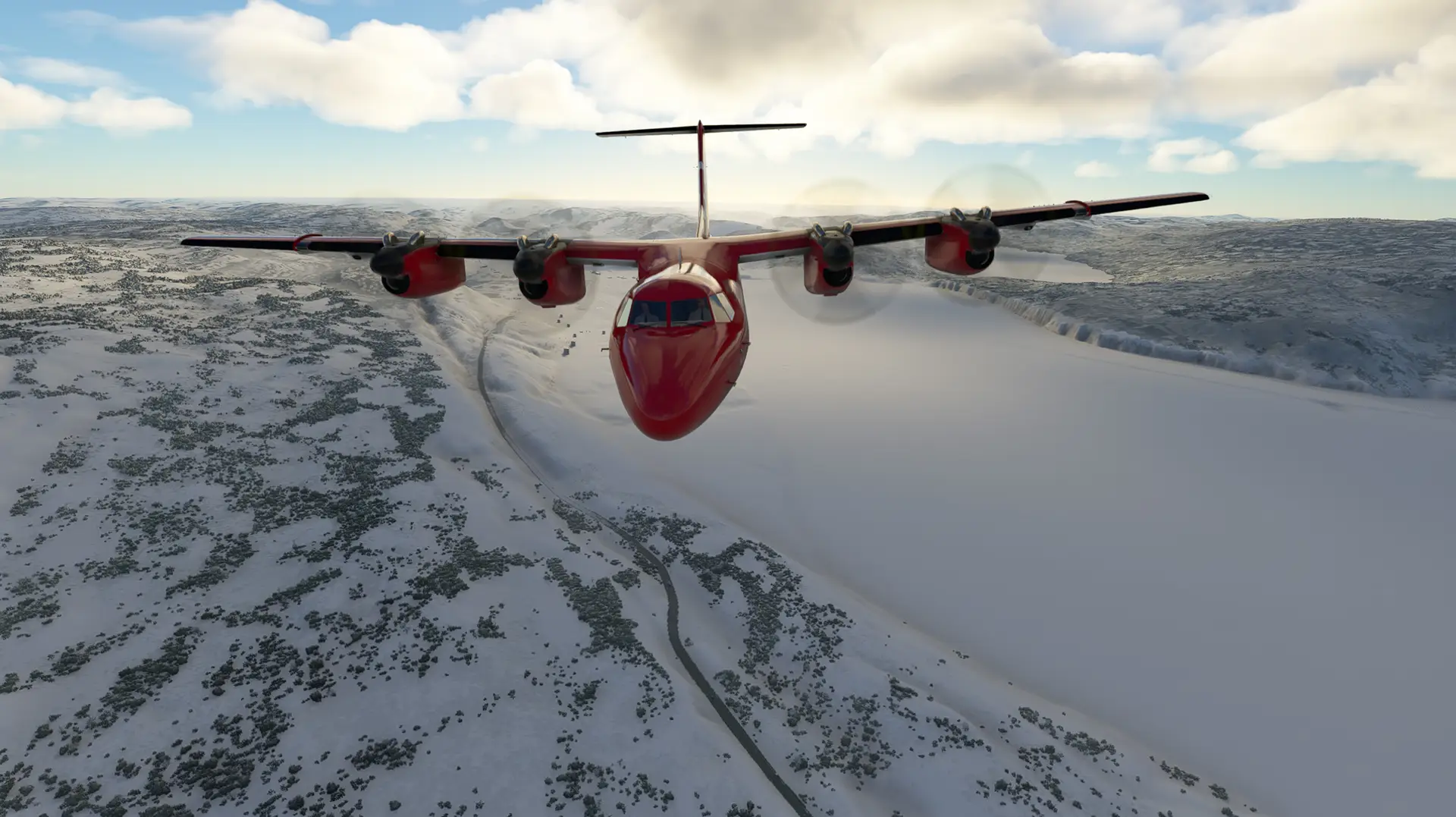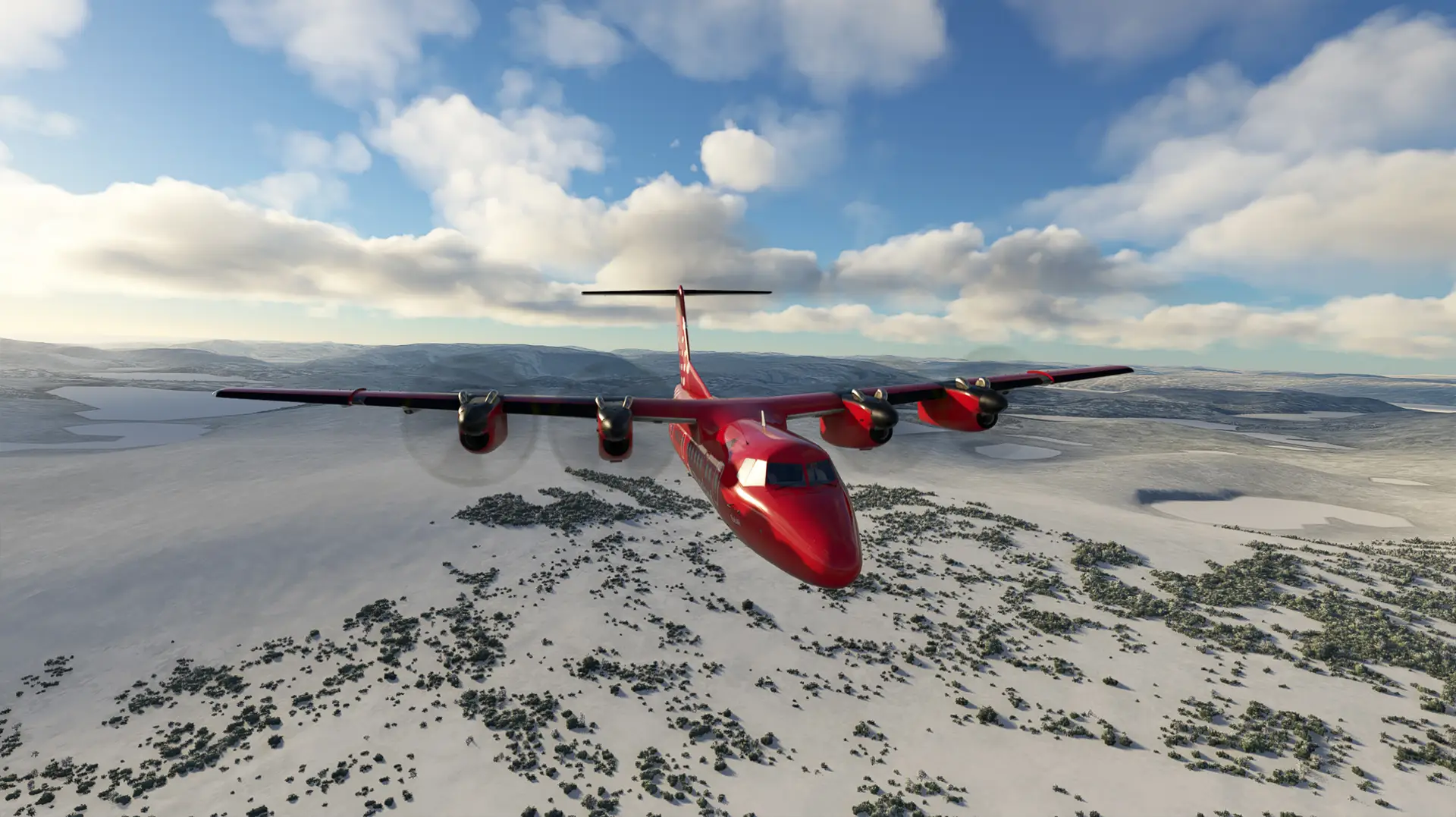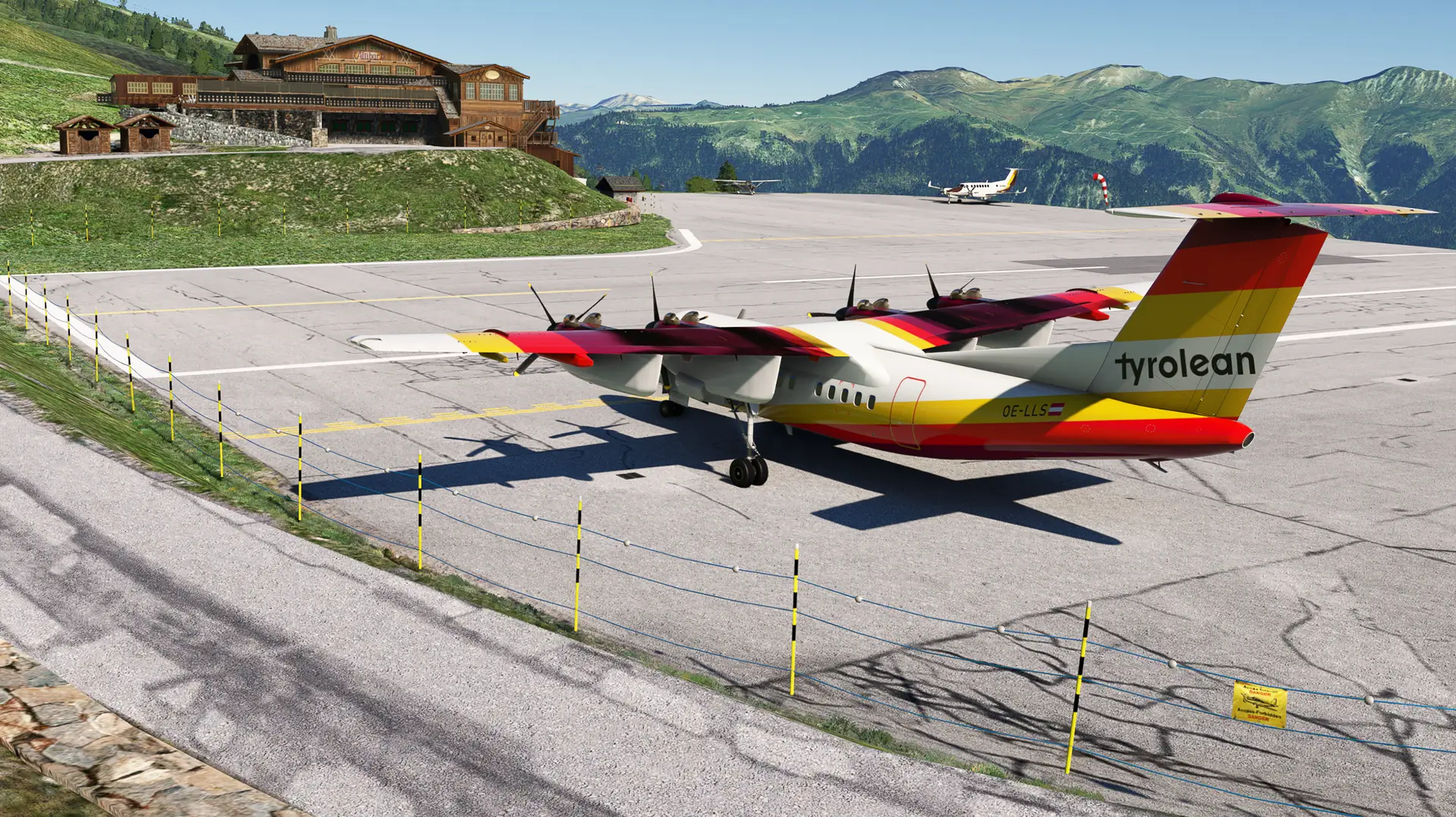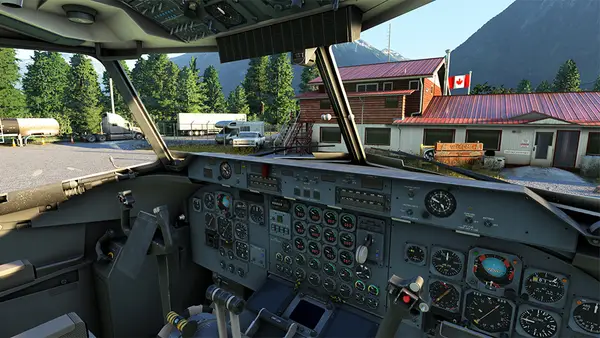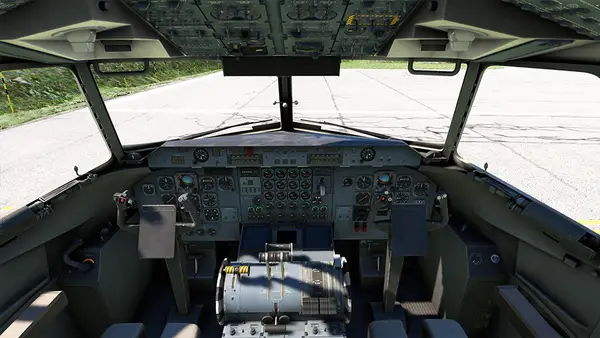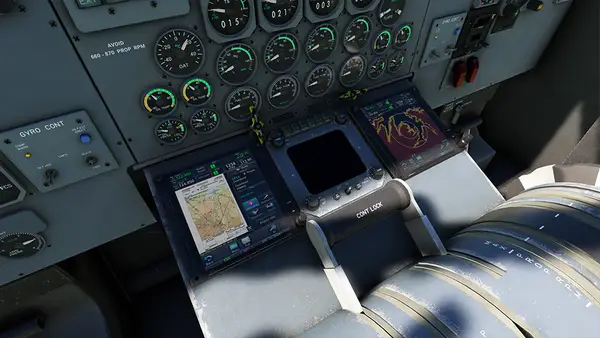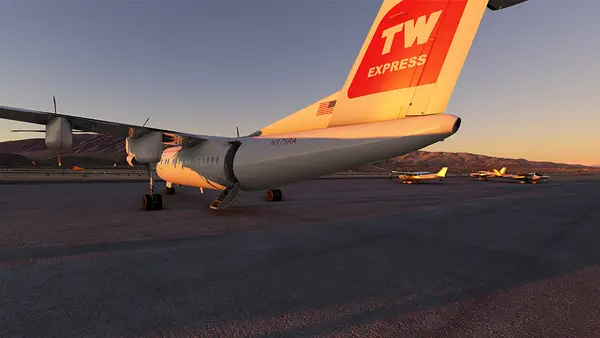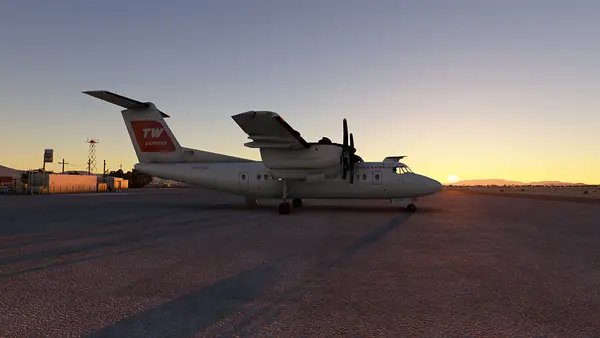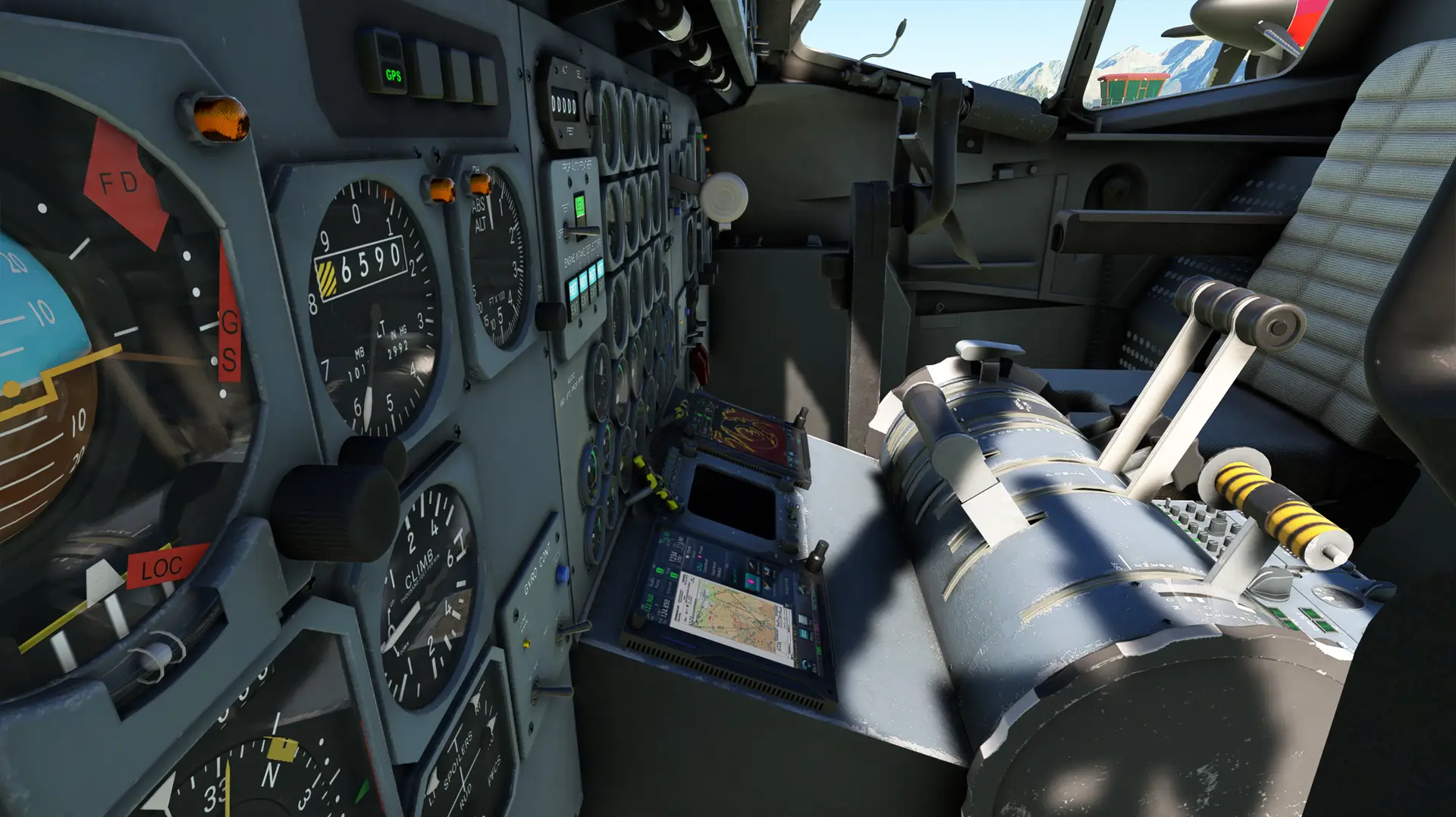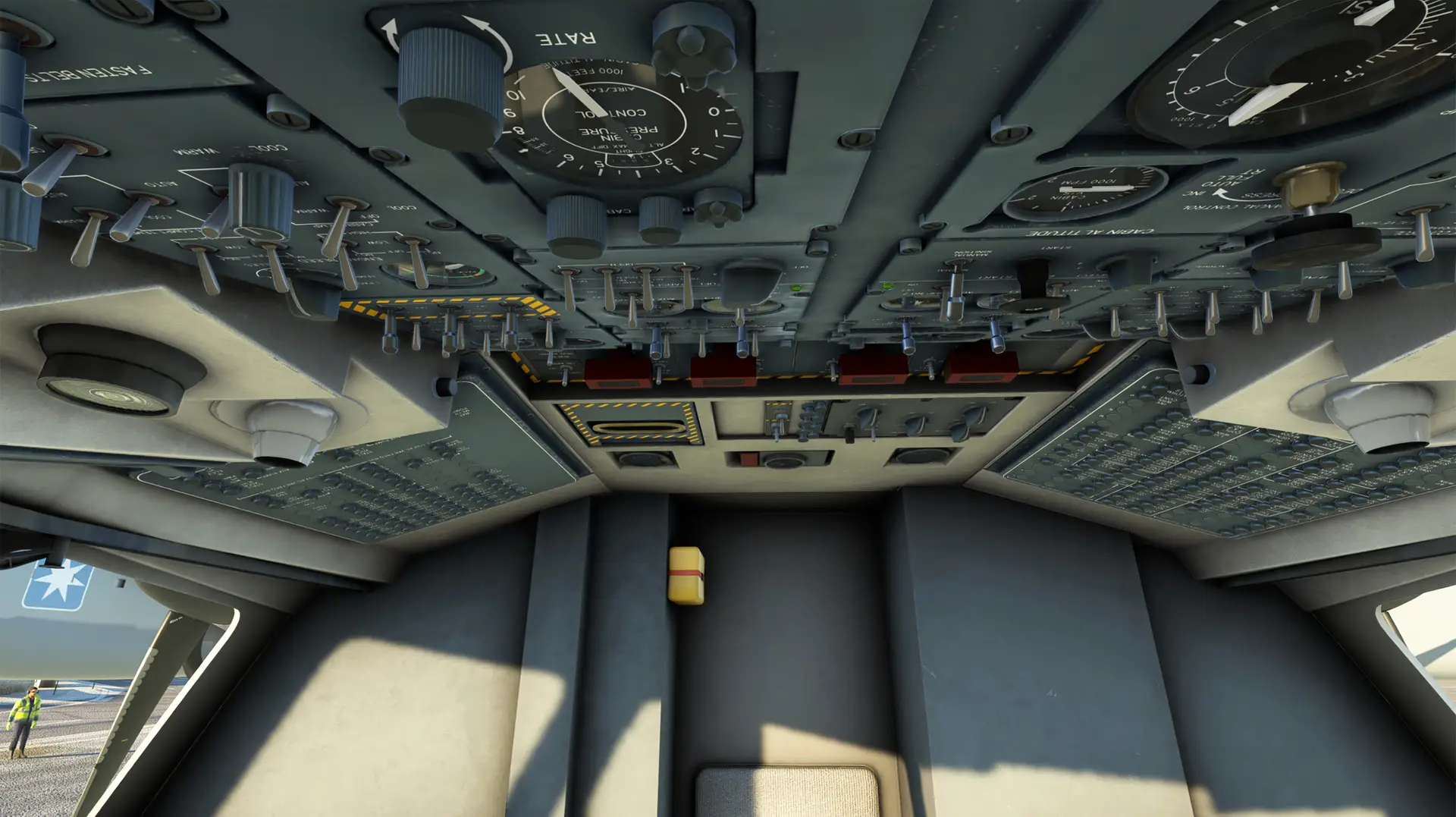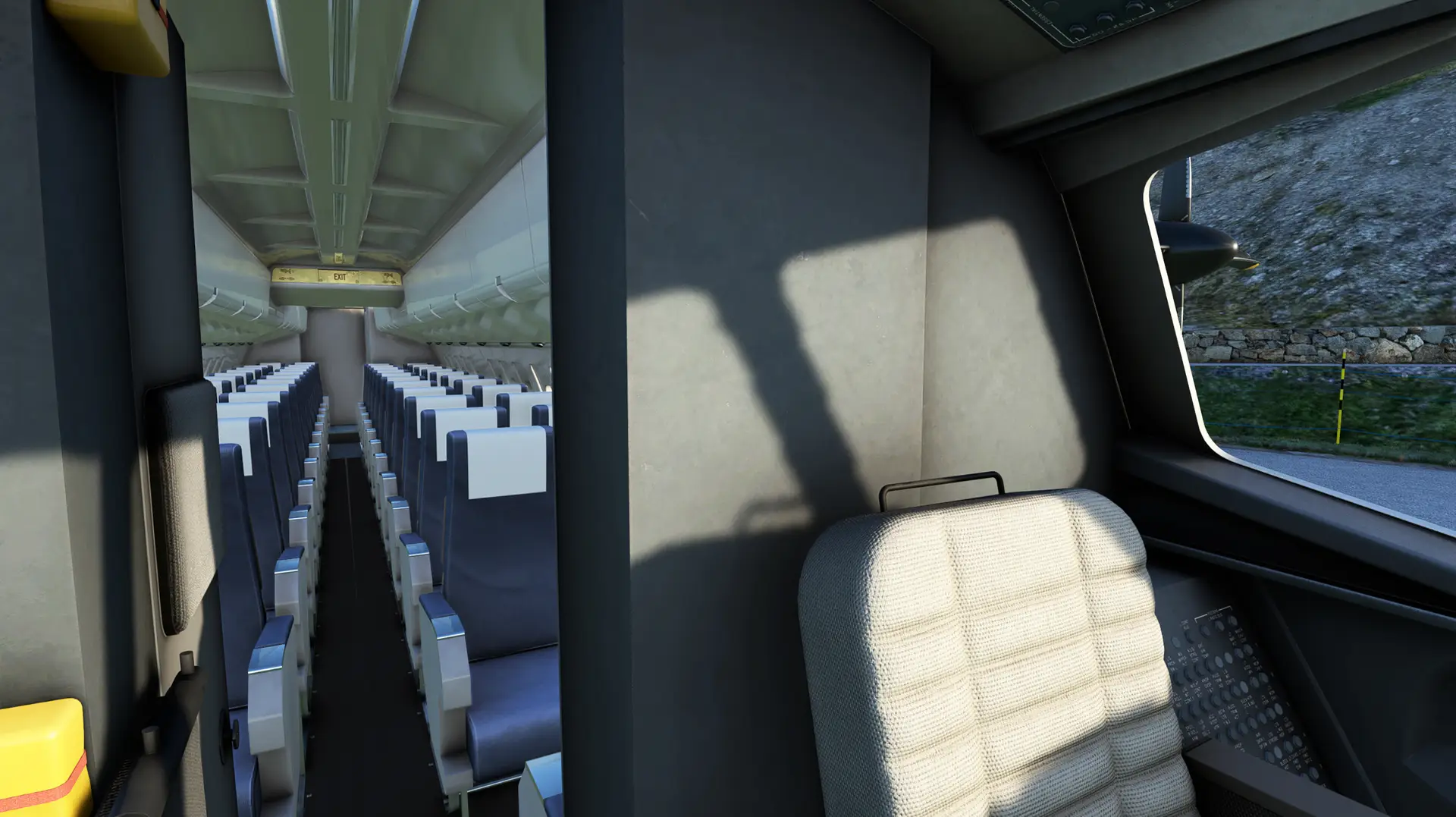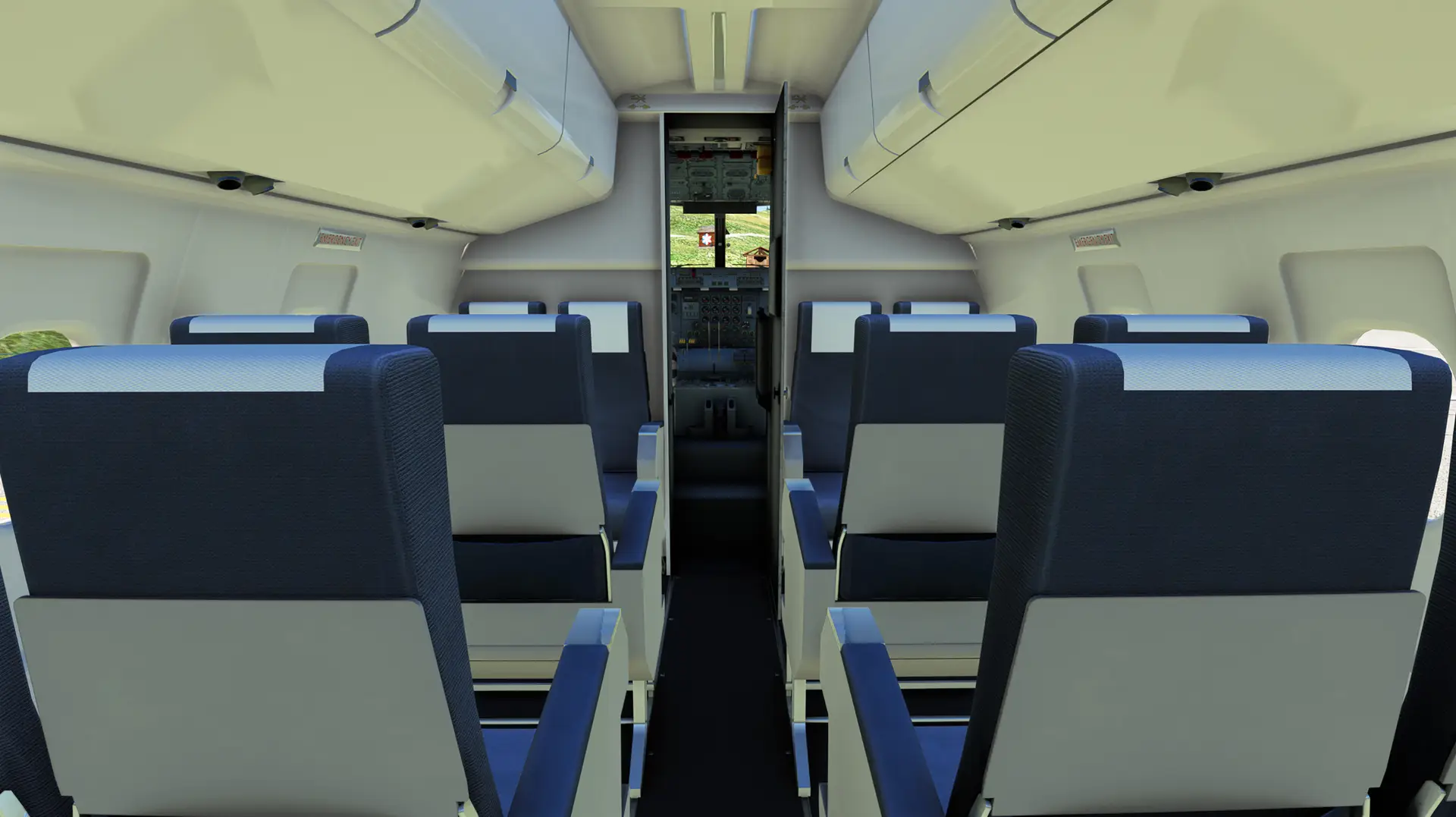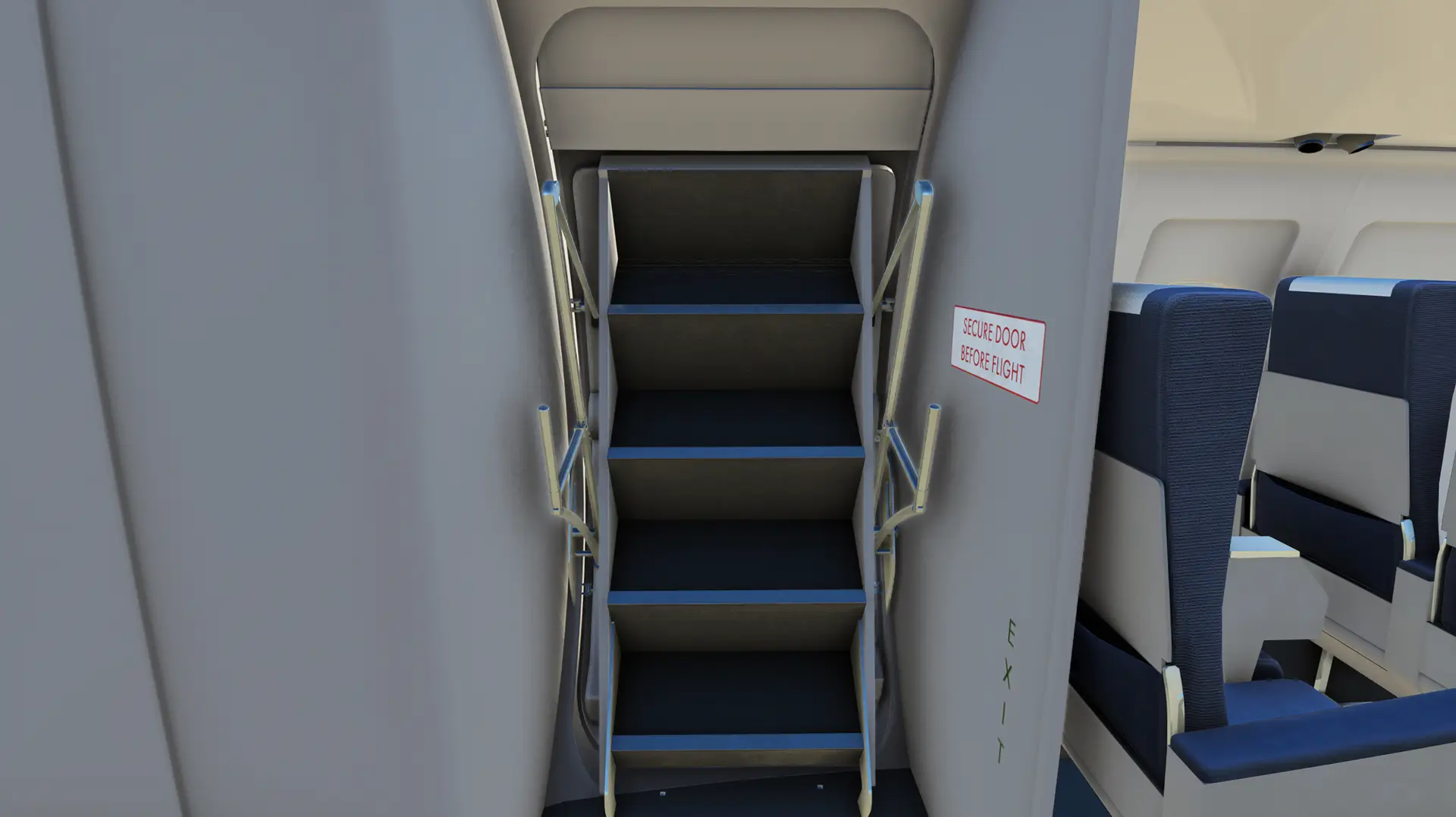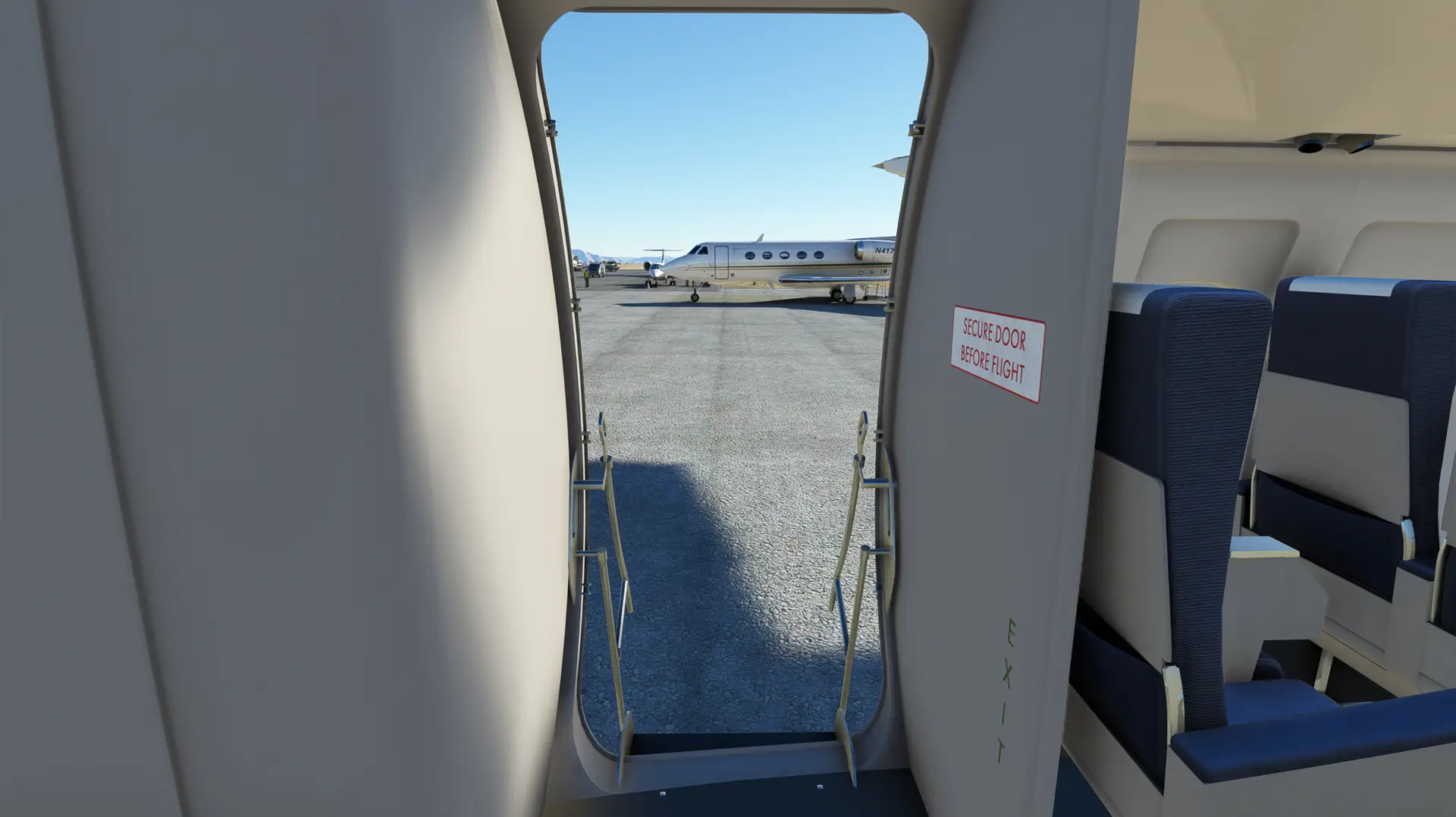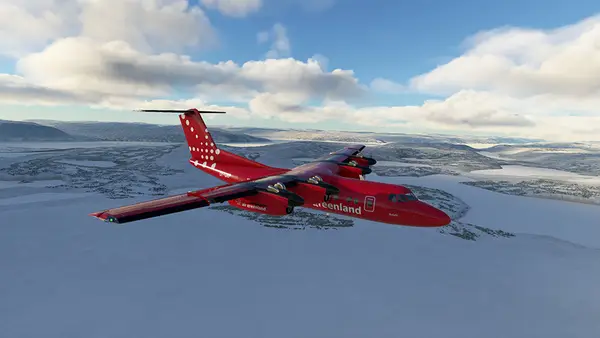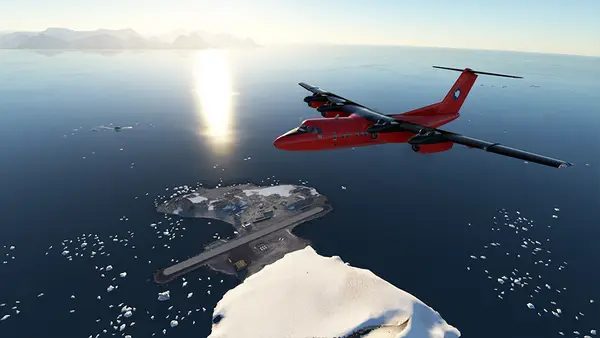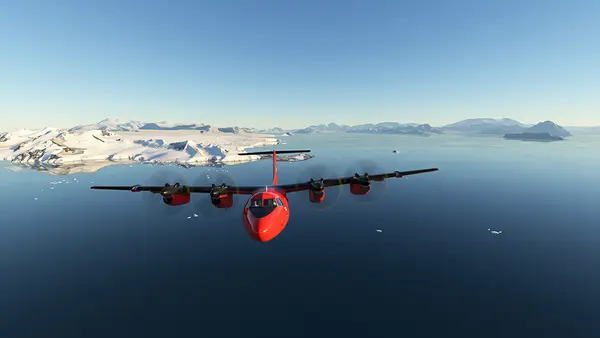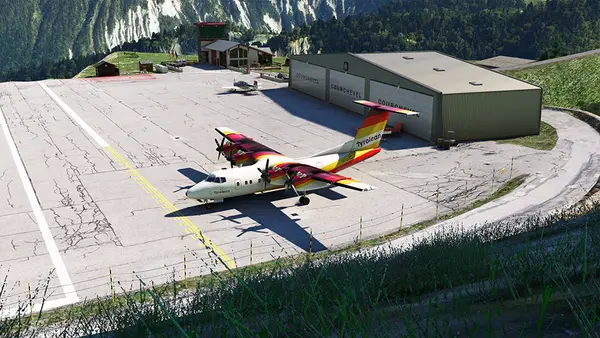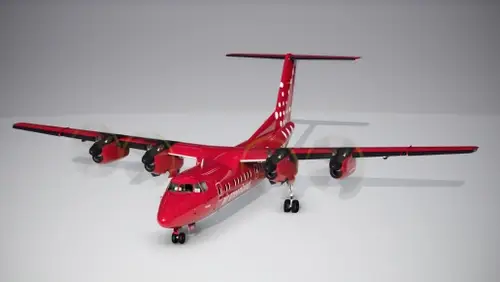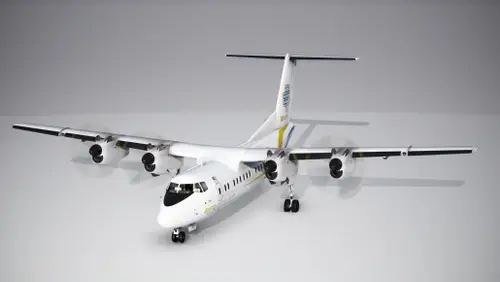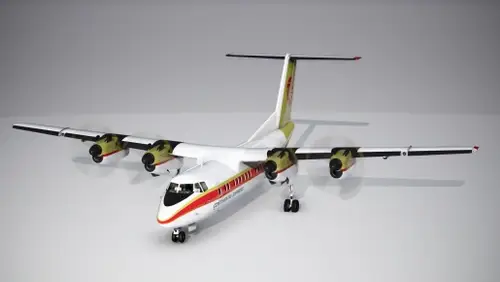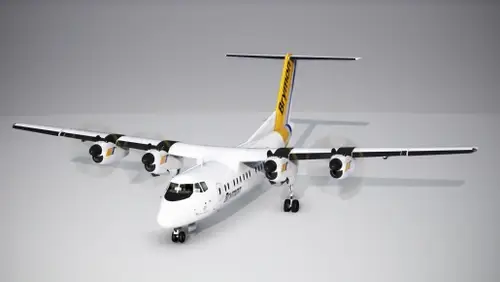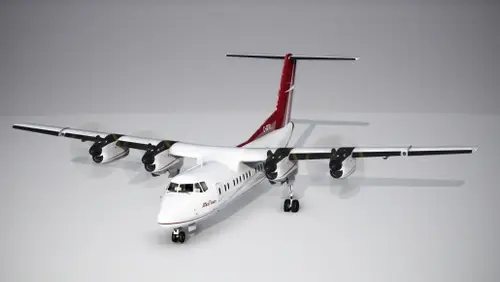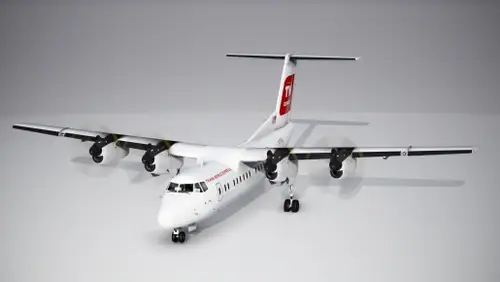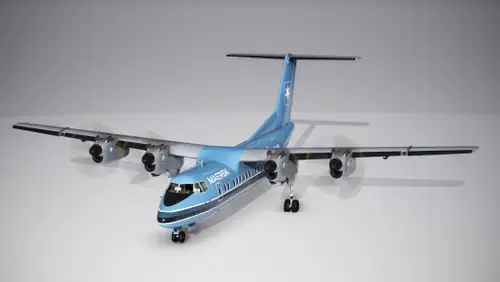- USD 19.99
- -15%
- USD 19.99
- USD 16.99
- Sale Ends: January 7 2026 6:00 PM +00:00
- View more offers at FS Addon Compare
- Added: December 21, 2023
- Updated: June 12, 2025
The de Havilland Canada DHC-7 is perhaps one of the most graceful and iconic 4 engine turboprops ever built, and is most often referred to as the Dash 7. A significant and unique feature of the Dash 7 is the short take-off and landing (STOL) capability and performance that it was specifically designed for.
During the 1960s de Havilland Canada saw a market niche for a regional airliner that would be able to serve smaller airports located close to city centres and their immediate vicinity, as well as the more remote airports that typically had unpaved runways with little to no modern airport infrastructure. Originally designed as a 40-passenger regional airliner with a very short range, the Dash 7 typically evolved into much more than that from the original drawing board, with a range just short of 1300 km and the ability to take-off and land, fully loaded, from runways just under 700m (2,000 feet), paved or unpaved.
Updated with modern day avionics, such as the Garmin GNS 530 and GTN 750, and still flown today in that GPS configuration by the likes of Air Kenya and Air Tindi, the Dash 7 offers a very unique flying experience. The unusual mix of steam gauges with modern GPS equipment allows precise navigation to even the most remote airfields via GPS, with the absolutely unique STOL capability of the Dash 7 offering access to short, unpaved runways that are often surrounded by rugged terrain and clearly inaccesible to other aircraft of similar capacity and size.
The PILOT'S Dash 7 has been designed from the ground up for MSFS and fully supports the TDS GTNXi, PMS50 GTN and GNS 530 GPS units in the cockpit, with an authentic steam gauge only variant also included.
FEATURES
- Developed from the ground-up for MSFS
- Full support to integrate the TDS GTNXi, PMS50 GTN and GNS 530 GPS units into the cockpit
- Original steam gauge variant also included
- Authentic and realistic gauges
- 4k Textures
- For Xbox users please note that due to hardware limitations of the default Xbox controller, a minimum setup with a mouse is required for the Xbox version to manage condition lever assignments correctly, a full joystick setup is recommended

